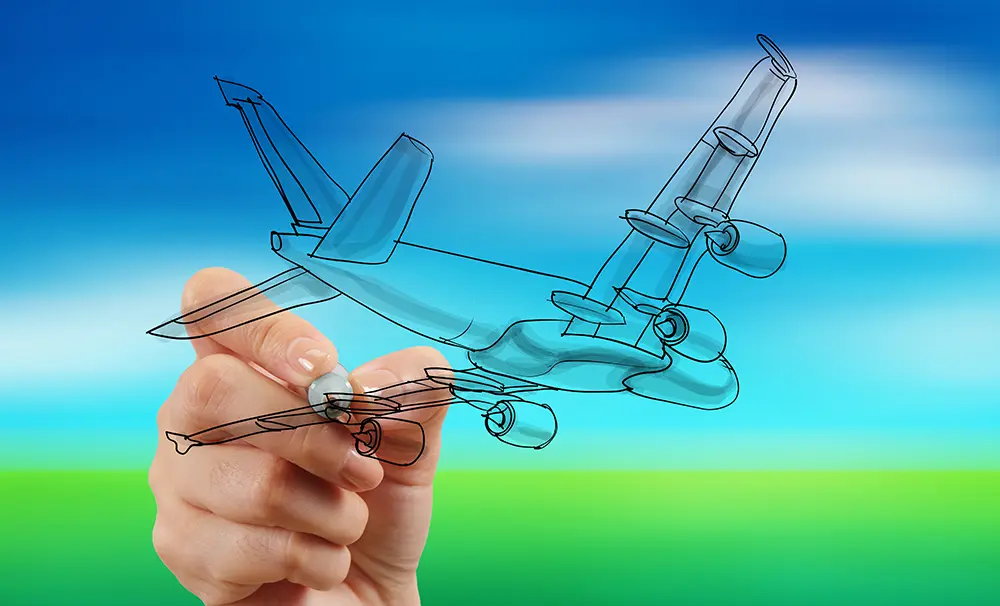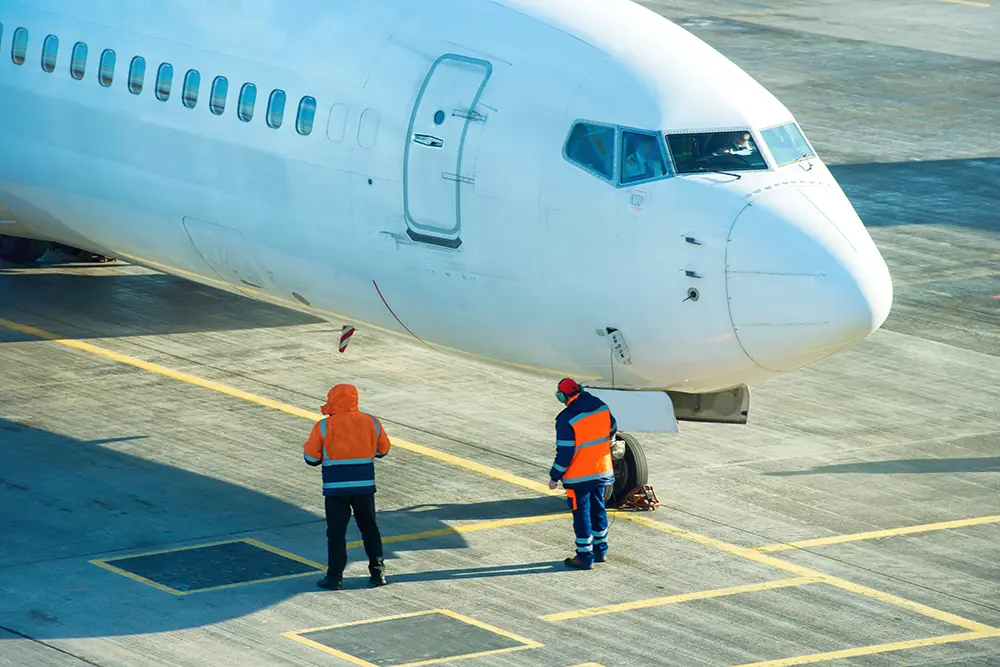In a world where environmental concerns are at the forefront of our global agenda, it’s crucial to address all industries’ impact on the environment, including aviation. Aircraft dismantling, often overlooked, plays a significant role in reducing the aviation industry’s carbon footprint. In this blog post, we will explore the importance of environmentally friendly aircraft dismantling and the benefits it offers to both the environment and the aviation industry.
1. Environmental Impact of Conventional Dismantling
Traditional aircraft dismantling methods involve hazardous materials, such as heavy metals, chemicals, and composite materials, that pose serious risks to the environment and human health. When aircraft are dismantled using these conventional methods, harmful pollutants are released into the air and soil, contaminating nearby ecosystems. This contamination can have long-lasting effects, including soil and water pollution, which can harm wildlife and impact local communities.
2. Minimizing Harmful Emissions
Environmentally friendly aircraft dismantling practices focus on minimizing harmful emissions during the process. This is achieved through various means:
a. Hazardous Material Management: Environmentally conscious dismantlers prioritize the safe removal and disposal of hazardous materials found in aircraft, such as asbestos, lead-based paint, and hydraulic fluids. Proper disposal prevents these toxins from entering the environment.
b. Controlled Dismantling: Specialized equipment and techniques are employed to carefully disassemble aircraft, minimizing the release of pollutants. This controlled approach reduces the risk of contamination.
c. Recycling and Reuse: Environment-friendly dismantlers emphasize recycling and reusing materials whenever possible. This reduces the demand for new resources and decreases the environmental impact of producing replacement parts.
3. Energy Efficiency
Aircraft dismantling facilities that prioritize environmental sustainability often implement energy-efficient practices. This includes using renewable energy sources for their operations, such as solar panels and wind turbines, and optimizing processes to reduce energy consumption. Lower energy consumption not only reduces costs for dismantlers but also lessens the carbon footprint of the entire dismantling process.
4. Job Creation and Economic Benefits
Transitioning to environment-friendly aircraft dismantling practices can also create economic benefits. It can lead to the establishment of specialized recycling and disposal facilities, which can generate jobs in the local communities where they are located. Furthermore, recycling and repurposing aircraft materials can lower the cost of spare parts for airlines and maintenance providers, making air travel more affordable.
5. Compliance with Regulations
Regulatory bodies, such as the International Civil Aviation Organization (ICAO), are increasingly focused on environmental sustainability within the aviation industry. By adopting environmentally friendly aircraft dismantling practices, aviation companies can demonstrate their commitment to complying with these regulations, avoiding fines and penalties, and enhancing their reputation as responsible industry players.

Conclusion
Environmentally friendly aircraft dismantling is not just an option but a necessity in our modern world. As the aviation industry strives to reduce its environmental impact, dismantling aircraft in an eco-friendly manner must become the standard practice. By minimizing harmful emissions, reducing energy consumption, creating jobs, and complying with regulations, the aviation industry can contribute to a more sustainable future while also reaping economic benefits. It’s time to recognize that responsible aircraft dismantling is an integral part of the broader effort to protect our planet.



